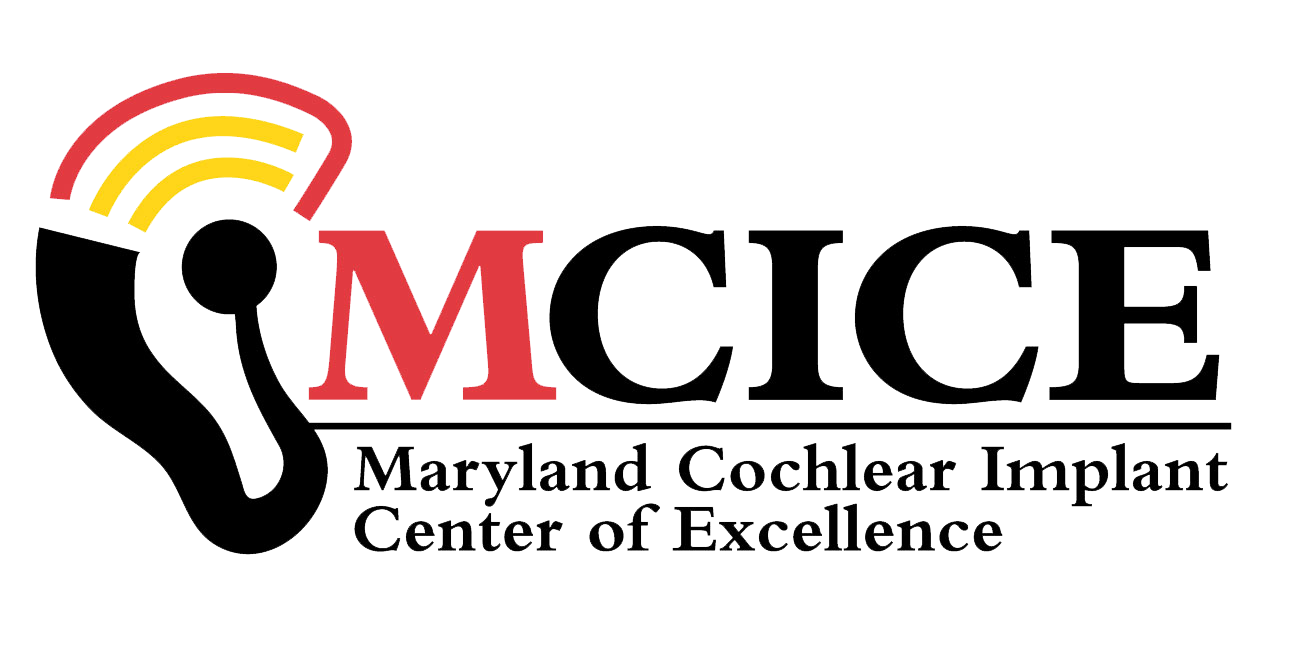- Bernstein, J. W., Goupell, M. J., Iyer, N., Schuchman, G., Rivera, A., and Brungart, D. S. (2016). Having two ears facilitates the perceptual separation of concurrent talkers for bilateral and single-sided deaf cochlear implantees, Ear Hear. 37, 282-288. bernstein_et_al._2016_-_bici-ssd_binaural_unmasking.pdf796.01 KB


